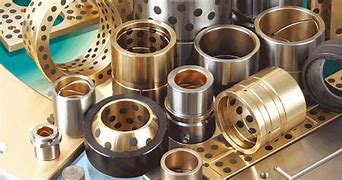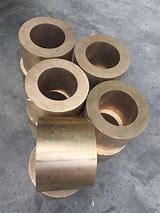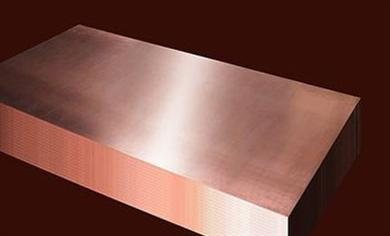**Sizing Up the 3/8 Copper Gas Pipe: A Handy Guide**
(How To Measure 3/8 Copper Gas Pipe)
Let’s say you’re knee-deep in a weekend DIY project. Maybe you’re installing a gas line for a new stove or fixing a leak. You grab your tools, but then it hits you: *How do I even measure this copper pipe?* If you’re staring at a 3/8-inch copper gas line and feeling stuck, don’t panic. Measuring these pipes isn’t rocket science, but it does need a bit of know-how. Here’s how to do it right—without the head-scratching.
First things first: safety. Gas lines aren’t something to mess with. Turn off the gas supply before touching anything. Wear gloves to protect your hands from sharp edges. Got that covered? Good. Now let’s talk tools. You’ll need a caliper—a small, clamp-like tool that measures thickness. A regular tape measure won’t cut it here. Copper pipes are sized by their *outside diameter* (OD), not the inner width. This trips up a lot of folks.
Start by cleaning the pipe. Dirt or corrosion can throw off your measurements. Wipe the surface with a dry cloth. Focus on the area you plan to measure. If the pipe is old or dented, avoid damaged spots. Those dings can give you false readings.
Next, open the caliper’s jaws and place them around the pipe’s outer edge. Gently tighten the caliper until it grips the pipe snugly. Don’t squeeze too hard—you’re not trying to crush it. Check the caliper’s display or scale. For a 3/8 copper gas pipe, the OD should read around 0.5 inches. Wait, that doesn’t match the “3/8” label? Yep. Copper pipes use *nominal sizing*, a holdover from old plumbing standards. The name doesn’t match the actual size. Confusing? Absolutely. But once you know the trick, it’s easy.
Here’s the key: 3/8-inch copper pipe doesn’t mean the OD is 3/8 of an inch. Instead, it’s part of a numbering system. The real OD is always a bit bigger. For Type L or Type M copper tubing (common in gas lines), the OD for a 3/8 pipe is roughly 0.5 inches. Write that down somewhere. Trust me, you’ll forget otherwise.
Double-check the pipe’s schedule. This refers to wall thickness. Gas lines usually use Schedule 40 or Schedule 80. Thicker walls mean higher pressure tolerance. If you’re replacing a pipe, match the schedule to the old one. A mismatched schedule can cause leaks or safety issues.
Still unsure? Compare the pipe to a sizing chart. Hardware stores often have these near the plumbing supplies. Hold your pipe next to the chart’s samples. Match the OD and wall thickness. If it lines up with the 3/8 label, you’re golden.
Avoid common mistakes. Don’t measure the inner diameter—that’s for PVC pipes. Don’t eyeball it, either. A tiny error here can mean buying the wrong fittings. And nobody wants to make extra trips to the hardware store.
What if your caliper gives a weird number? Check for debris again. Make sure the jaws are parallel to the pipe. If the reading’s still off, test the caliper on a known size, like a quarter (0.955 inches). If it’s accurate, your pipe might be mislabeled or damaged.
Lastly, mark the pipe with its size. Use a permanent marker to write “3/8 Gas” on it. Future you will thank past you.
(How To Measure 3/8 Copper Gas Pipe)
Measuring copper gas pipes isn’t glamorous, but it’s essential. Get it right, and your project stays safe. Get it wrong, and… well, let’s not go there. With a caliper, a chart, and a dash of patience, you’ll nail it. Now go tackle that gas line—you’ve got this.
Inquiry us
if you want to want to know more, please feel free to contact us. (nanotrun@yahoo.com)



